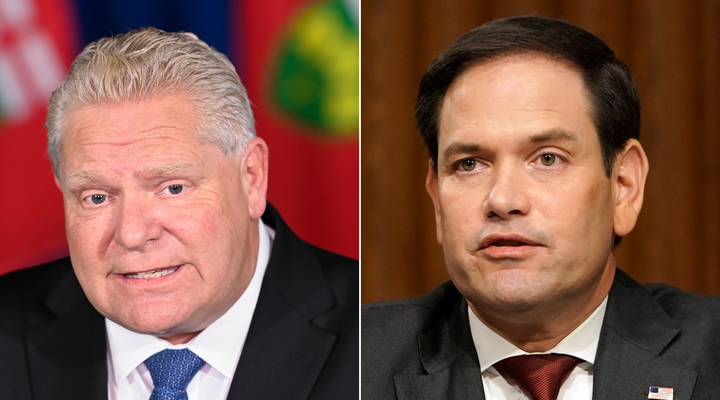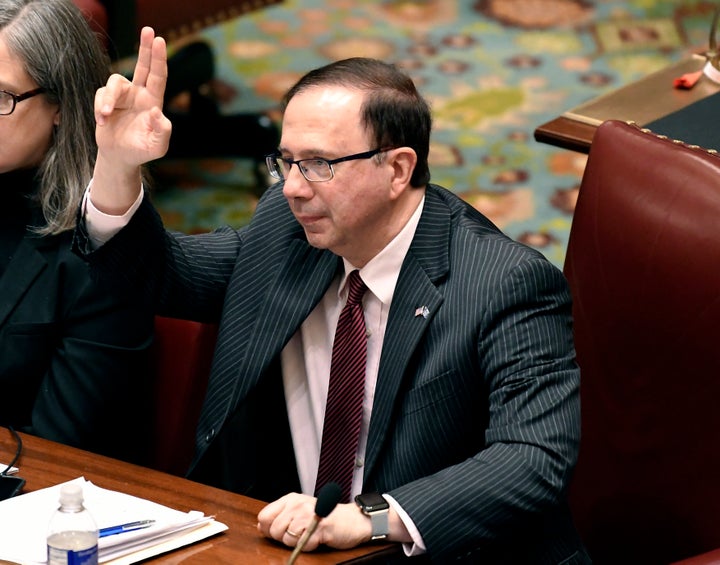
For Ontario to actually end the generally dreaded twice-a-year time change, it’s going to need the help of an unlikely ally — Republicans in the U.S. Senate.
Premier Doug Ford’s government passed legislation last week to make daylight saving time permanent, contingent on New York State and Quebec doing the same. Quebec Premier Francois Legault has indicated he’s also open to the idea.
But it’s not that simple.
Watch: Why sleep doctors want to make daylight saving time permanent. Story continues below.
New York state Senator Joseph Griffo introduced a similar bill in early November, but it relies on surrounding northeastern states to pass their own legislation. Those states include Pennsylvania, Massachusetts and New Jersey, Griffo told HuffPost Canada.
However, before they can put their legislation into action, they’ll need the U.S. federal government to pass its own law. Republican Senator Marco Rubio from Florida has pushed such a bill through to the Senate, although it would only apply for 2021.
Griffo is hoping New York, and other states and provinces, can expedite the process next year.
“We can go to Washington and say, ‘look we have genuine interest here. You have to address this issue and give us this opportunity to get something moving right now,’” he said.

Daylight saving time began in Canada and the U.S. in 1918 to increase productivity during the First World War, and later to conserve energy. While Canada made daylight saving time a provincial and territorial responsibility, the U.S. codified it federally in the 1966 Uniform Time Act.
Since then, research has suggested the time flip flop does more harm than good. One study found a spike in fatal car crashes following the “spring forward.” In the fall, the change backward can disrupt people’s sleep for a week, making them less productive and more prone to injury at work.
The vast majority of Canadians, 85 per cent, want to make daylight saving time permanent, according to a recent Narrative Research poll. Only five per cent of the 1,231 Canadians surveyed completely opposed the idea.
Earlier this year, Yukon’s government made the adjustment after conducting a survey that resulted in 4,800 responses, with 93 per cent support.
The good news for Ontario is that momentum in growing in the U.S. Thirteen other states, including Florida, Washington and Georgia, have signalled their willingness to support permanent daylight saving time, said Griffo.
Rubio introduced his legislation in September, following several attempts in previous years. This round, Rubio and Florida’s Governor Rick Scott are trying to sell it as a way to provide “stability for families” dealing with the COVID-19 pandemic.
“Our government has asked a lot of the American people over the past seven months, and keeping the nation on Daylight Saving Time is just one small step we can take to help ease the burden,” Rubio said in a statement.
Scott added: “After months of uncertainty and staying indoors amid the coronavirus pandemic, all of us could use a little more consistency and sunshine.”